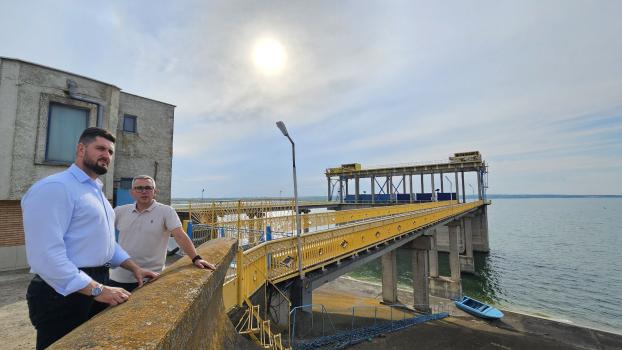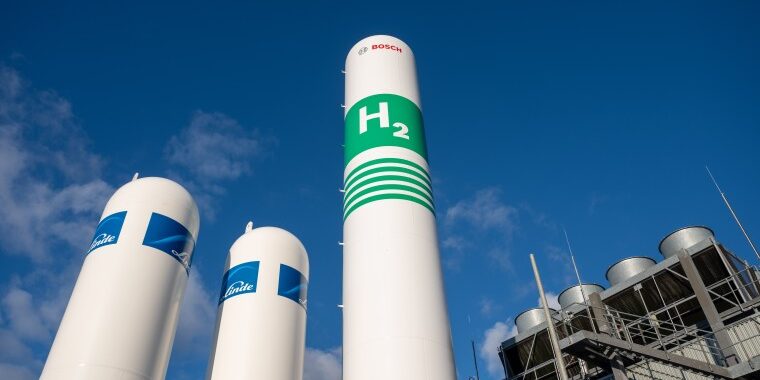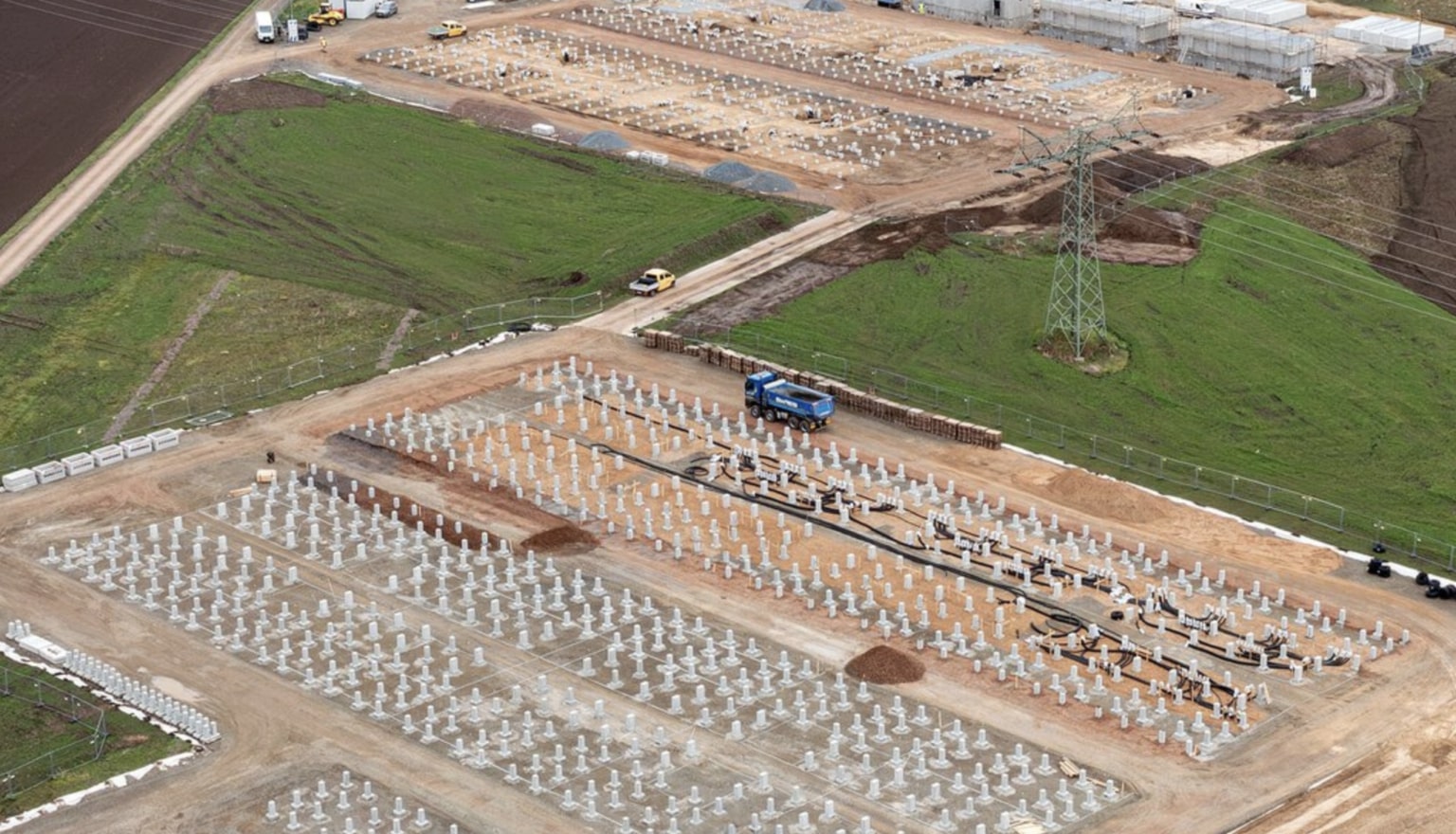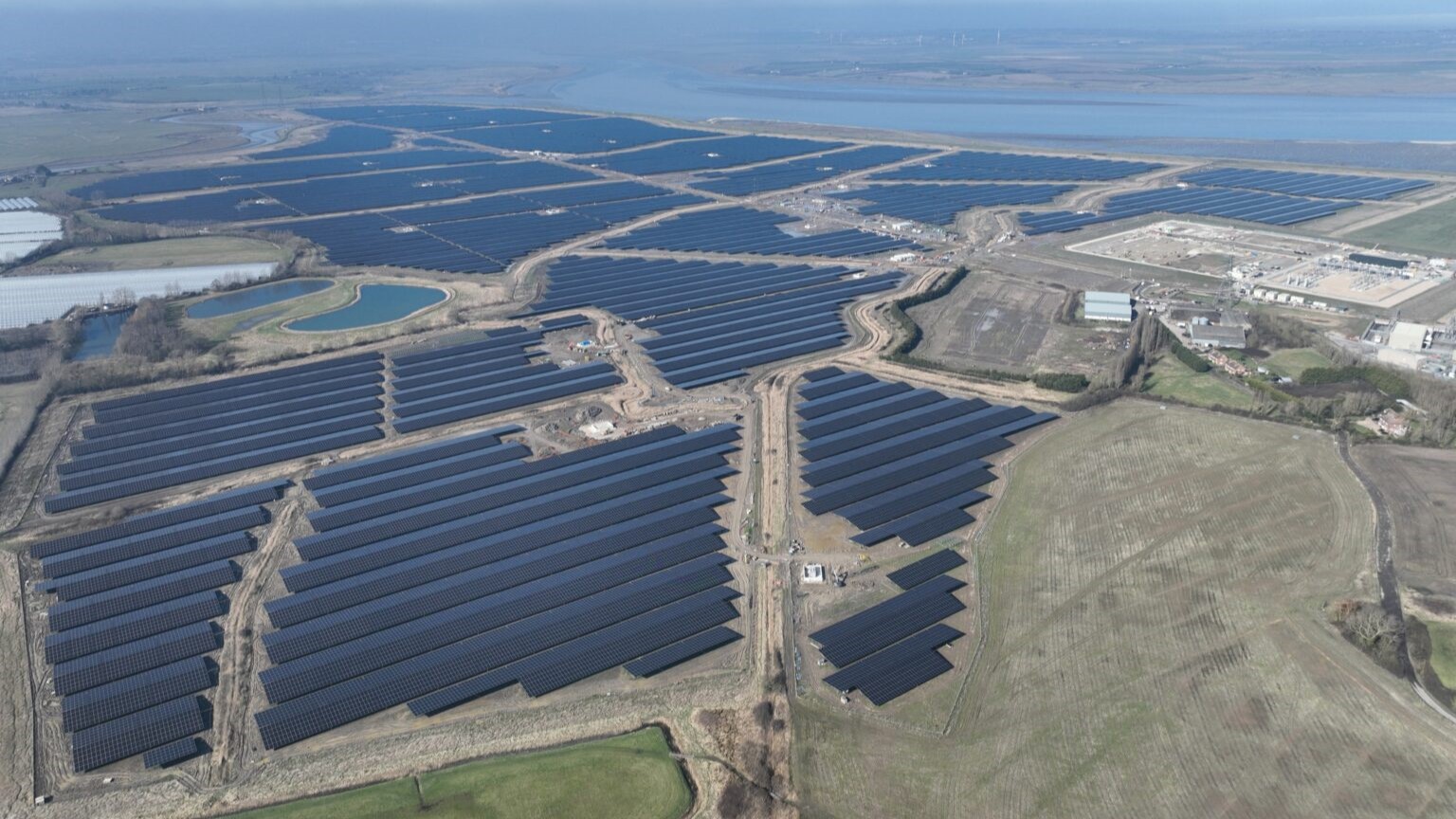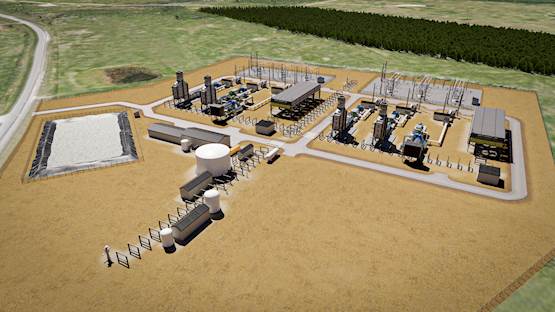The Costești Hydroelectric Power Plant is set to significantly boost its generation capacity through two new renewable energy projects: a wind farm and a floating solar park, both supported by energy storage batteries. These plans were unveiled during an official visit by Moldova’s Minister of Energy, Dorin Junghietu, to the Costești Hydropower Node.
Feasibility studies presented during the visit detail the construction of a floating photovoltaic installation and a wind farm, each with a capacity ranging between 5 and 10 megawatts. According to Igor Cibotaru, the enterprise administrator, these additions will not only expand the plant’s output but also position it as a key player in Moldova’s electricity and future balancing markets, once short-term energy trading platforms are operational.
The projects, currently pending approval by the company’s Board of Directors, are expected to be financed using internal funds previously accumulated from net profits reinvested into enterprise development.
Once completed, the new installations will diversify the Costești plant’s energy mix—adding wind and solar to its traditional hydropower base—and reduce reliance on a single energy source. The initiative aims to enhance Moldova’s energy security by increasing overall electricity output.
At present, the Costești Hydropower Node operates a single generator with a capacity of 16 MW, commissioned in 1978. The plant produces up to 65 million kilowatt-hours annually, contributing approximately 6% of Moldova’s domestically generated electricity. Its operation is coordinated by the Moldovan-Romanian joint management group overseeing the Costești dam, with production levels tied to seasonal water availability in the reservoir.
The Costești reservoir is the second-largest in Moldova after Dubăsari, stretching 70 kilometers upstream along the Prut River. It covers 59 square kilometers, holds 1.285 billion cubic meters of water, and reaches a maximum depth of 43 meters.
The expansion marks a key step toward Moldova’s transition to cleaner and more resilient energy infrastructure.


